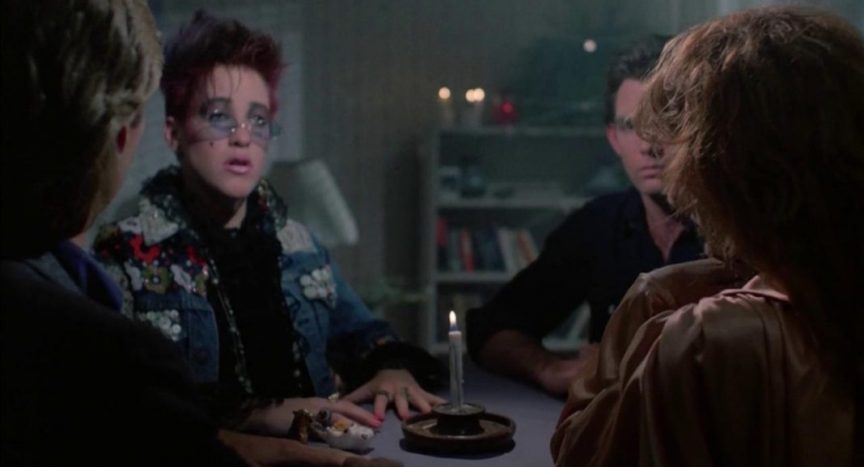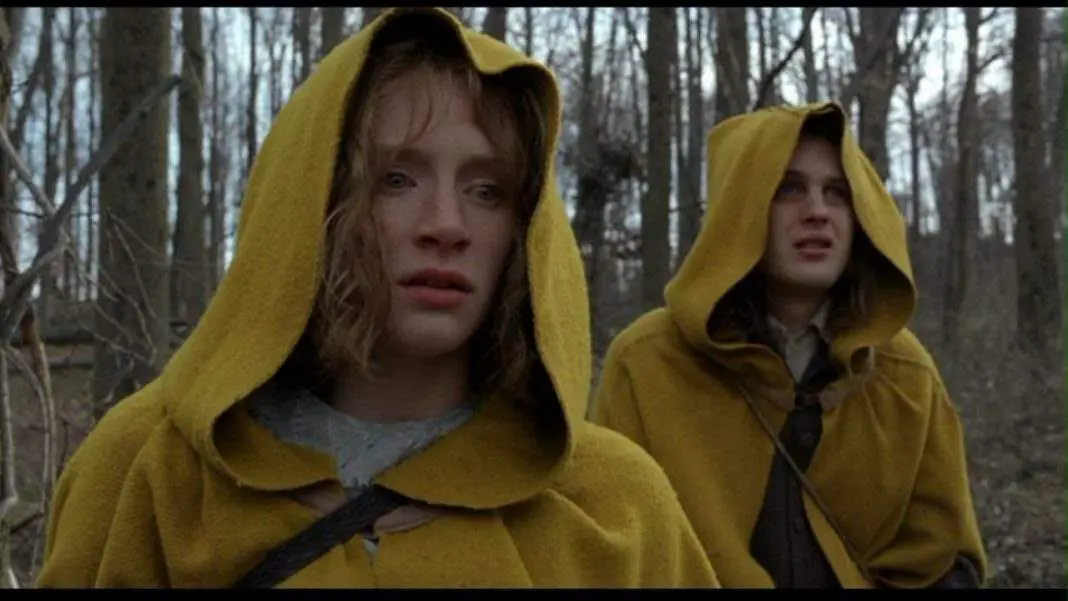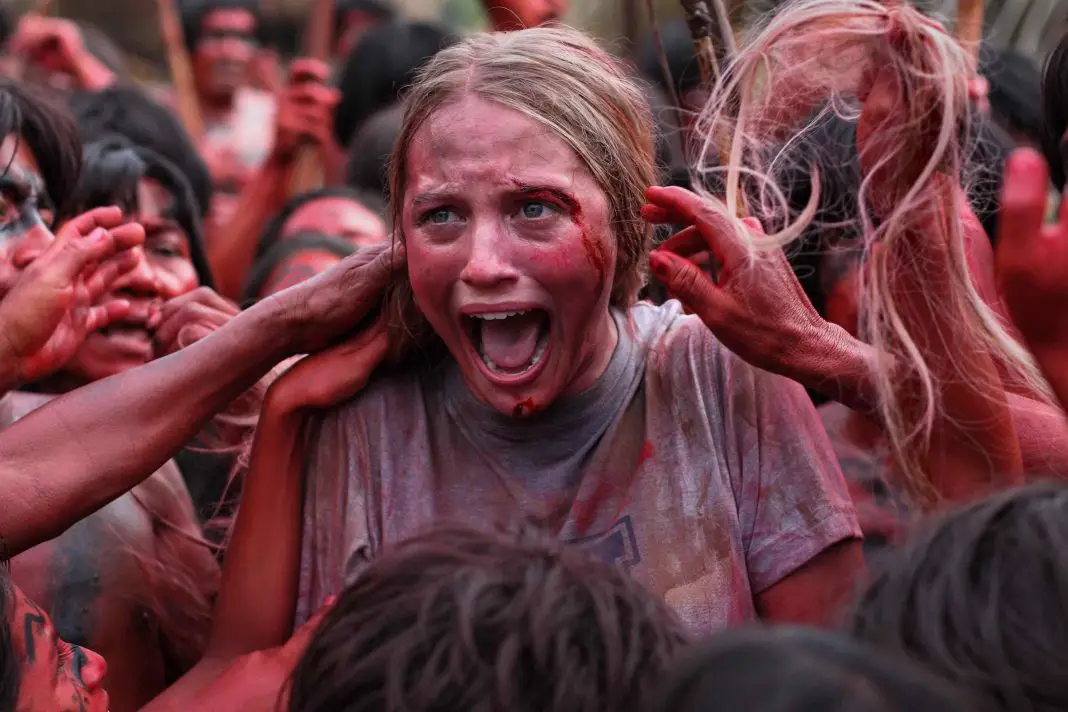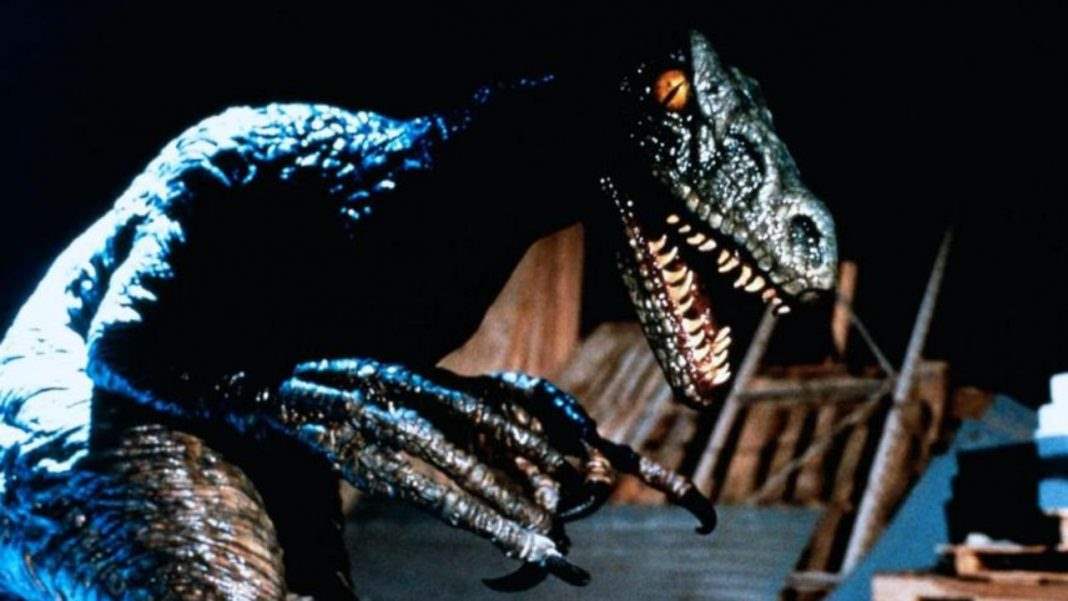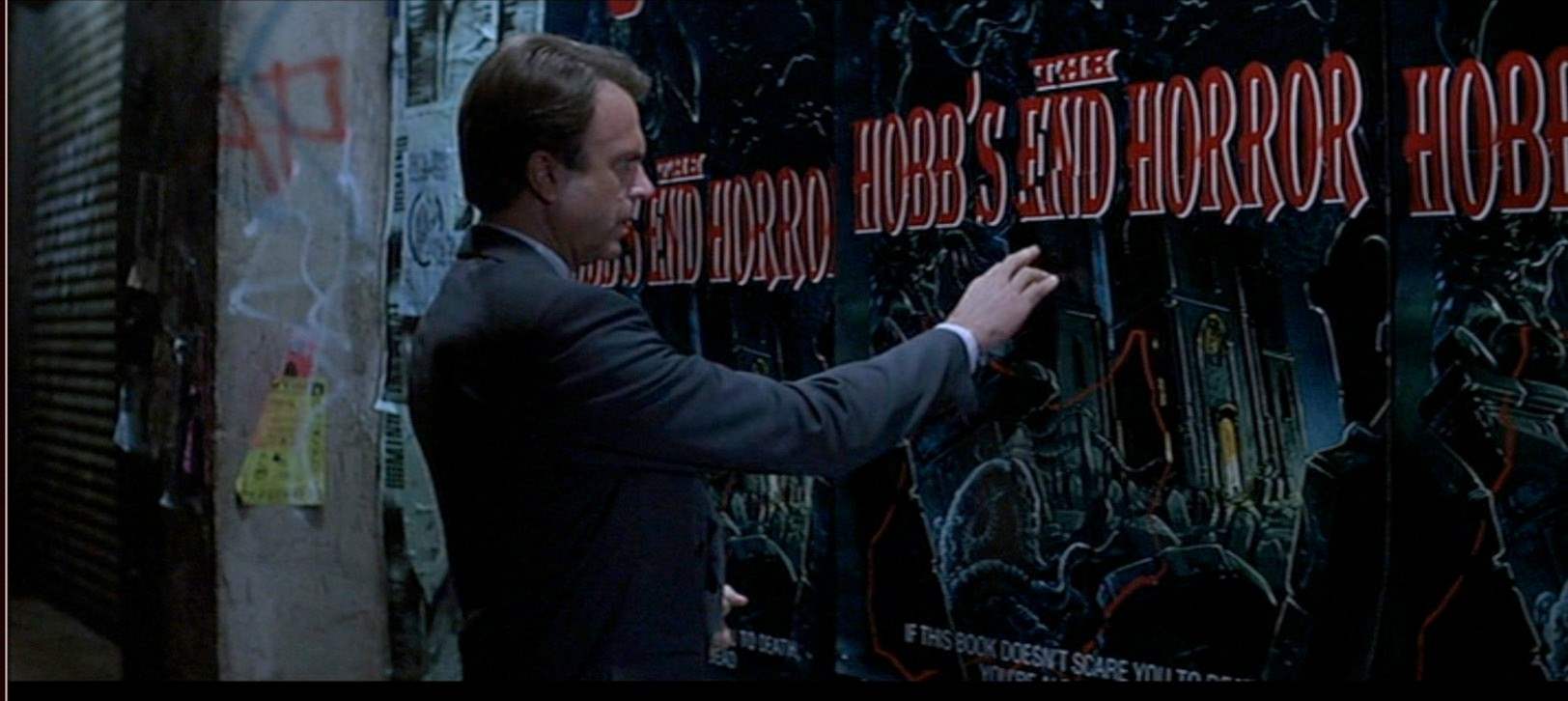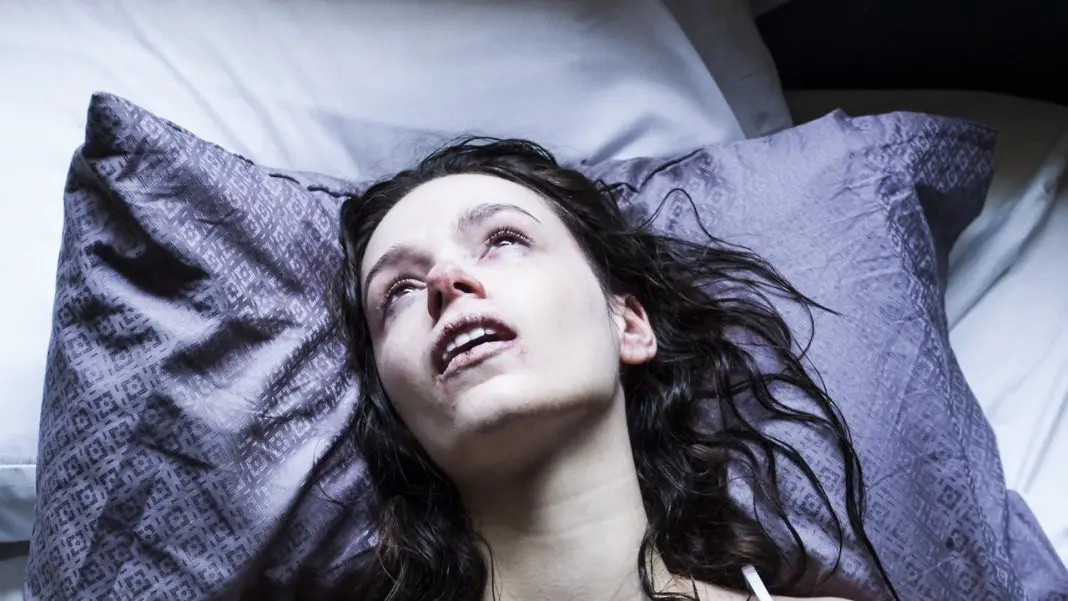Welcome to Back to the ’80s. This recurring feature aims to take a look at the good, the bad, and the ugly from horror’s most beloved decade. Regardless of which category a particular film falls under, this segment will spotlight films that horror fans can appreciate for one reason or another. We will look at how some of these flicks have stood the test of time and others have not aged quite so well. Regardless of what they look like today, these efforts from the 1980s laid the groundwork for the horror genre as we know it today.
Quite a few years have passed since I last watched 1986’s Witchboard. I do not remember enjoying this supernatural flick then as I did upon this viewing. To be clear, in all likelihood I will not watch it again for another decade; however, the level of satisfaction has improved. The overacting is a distraction and flawed editing becomes problematic. Nevertheless, the film does possess a certain charm.
Witchboard begins with a party being thrown by Jim (Todd Allen) and Linda (Tawny Kitaen). Jim is not fond of one guest in attendance. The guest is spirit-loving Brandon (Stephen Nichols). Brandon is both Linda’s previous lover and former friends with Jim. The tension is high as the guests gather around Brandon’s Ouija board in order to contact his spirit friend, David. Another spirit tries to join in on the fun but is rejected. The party comes crashing to an end when David manages to slash the tires on Brandon’s car.
The following days find Linda growing attached to the accidentally left behind Ouija board. David continues to speak with her leading to changes in Linda’s personality. Jim believes her odd behavior is attributed to a possible pregnancy. As a series of mysterious deaths begin to pile up, the awkward trio must come together to stop the spirit as it becomes dangerously malevolent. Unfortunately, the spirit is not all that it seems.
Writer/Director Kevin S. Tenney delivers a decent horror picture that makes a mark amongst the contemporary 1980’s slashers. There are clever moments in which the style of a slasher picture is applied to a film with a spiritual presence. Instead of having a supernatural villain take the form of a physical being (such as Michael Myers or Jason Voorhees), Witchboard utilizes its gimmick to the fullest extent. Many slasher tropes are applied with POV shots and a sharp weaponry (hatchet-hammer). Yet, this feature is able to get away with not having a physical being. The killer is a spirit that can be anywhere at any time. Possession is even an option. Although the production value needed to be tightened, the general idea is successful.
Related: How Kevin Tenney’s Night of the Demons Re-Envisioned Demonic Possession Movies
As a whole, the film never quite makes it to a level of “good.” One scene involving a medium (Kathleen Wilhoite) reveals a boom mic dipping in and out at the top of the screen. The special-effects would be okay, except the acting performances tend to get in the way. An unequal balance occurred implicating significant attention was given to making an effect work. Perhaps, the director worried the effects would be less believable than the actors. Instead, the effects were done believably well and the reactions of the actors came off looking cheesy.

The unnecessary attention given to the special-effects is unfortunate because the performances during the rest of the film work. There is not a single Oscar-worthy moment in Witchboard. Even so, the cast forms a rapport that translates to the audience. Tawny Kitaen has a certain charisma that justifies her central role. The script calls for sudden mood swings. Her transitions between emotions is inconsistent leading to the wrong kind of audience laughter. Still, that can be part of the fun that makes watching 1980’s horror films a now-classic pastime. Kitaen holds herself together long enough to make it through the flick.
The two leading men help anchor the film. Confusion does set in as to whom should take the romantic lead. For they take equal turns as to which one is being deplorable and which one is charming. Again, this seems to be more a problem with dialogue rather than the performances. Todd Allen portrays Jim as a once promising medical student who now prefers blue-collar work. He considers emotional investment to be a handicap. Stephen Nichols is the scorned lover and friend, Brandon. Nichols delivers an intensity to his character that is a perfect foil to the dismissive Jim.
Kathleen Wilhoite is by far and away the best part of Witchboard. She is one hundred percent immersed in a trendy 1980’s look and voice. Additionally, she seems to be the only one to realize exactly the kind of film she is in. She pops with comic relief and then becomes surprisingly effective in serious moments. Her character, Zarabeth, is grossly underdeveloped. The late 1980’s was a breeding ground for developing horror films into franchises. So, it becomes doubtful that a sequel was not discussed when making Witchboard. Two unrelated sequels were eventually developed in the 1990s. The filmmakers would have been wise to keep Zarabeth around longer as an establishing link within the movies.
Again, the work in Witchboard is clumsy, but it manages to hold itself together until the climax. The ultimate reveal is interesting enough; however, nothing after makes much sense. The villain basically discloses his weakness. Not that it matters because the film seems to break its own rules in order for the protagonists to score a victory. This is followed up by a confusing “happy ending” inserted before the final scene. Seriously, I had no idea until I did a little research to see what the exact intent was for this follow-up to the climax.
Witchboard takes its place amongst the run-of-the-mill in the 1980’s horror genre. The franchise continued with two unrelated sequels that were available in every 1990’s video store. This supernatural flick is better than it has a right to be. The cast and crew investment certainly makes up for the many awkward moments that come and go. Fans of 1980’s horror will easily find superior selections. Witchboard is for the viewer searching out a decently made feature with mindless fun. And even a scare or two.

